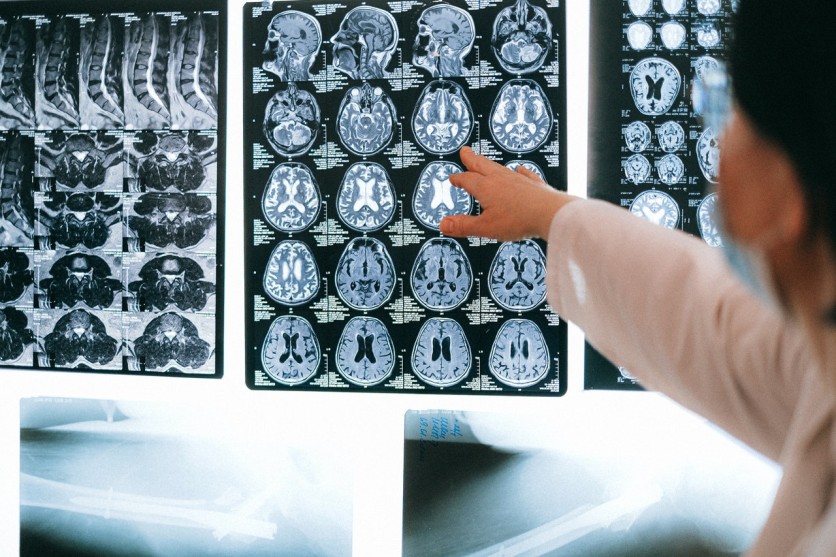A team of scientists from the University of California, Los Angeles, has successfully helped two patients in a coma by jumpstarting their brain through the help of an ultrasound technique.

Jumpstarting Brains of Coma Patients
According to the UCLA Newsroom, the team of researchers were led by neuroscientist Martin Monti and were the same team who helped a 25-year-old man in 2016 who was recovering from a coma with the help of the same technique they used now.
The initial experiment was successful and the young man showed some signs of progress.
However, Monti and the team actually believed that they might have only gotten lucky, but with the results of their most recent experiment, it seems like the ultrasound technique they are using is indeed helping coma patients jumpstart their brain.
In a report by Slashgear, the team further worked with three other patients, who are all in what experts call as a minimally conscious state long-term.
Read Also : Valve's Brain-Computer Interface Could be Gaming's Future! Here's How BCI Works in Your HEAD
More Significant Than 2016 Results
The results of the recent experiment, according to Monti, is much more significant because the chronic patients they were treating were unlikely to recover spontaneously compared to the patient they treated in 2016.
"I consider this new result much more significant because these chronic patients were much less likely to recover spontaneously than the acute patient we treated in 2016 - and any recovery typically occurs slowly over several months and more typically years, not over days and weeks, as we show," Monti said.
Out of the three patients they have worked with, two have shown positive progress.
The only one who was unable to benefit from the team's ultrasound technique was the 58-year-old man who was considered as minimally conscious after being involved in a car accident five and a half years ago.
The first one to get benefit from the ultrasound technique is the 56-year-old man who became minimally conscious after suffering from a stroke, leaving him unable to communicate for more than 14 months.
However, through the ultrasound technique by Monti and his team, the patient was able to respond to two distinct commands just after two treatments.
Moreover, he was able to look toward separate photographs of his relatives when their names are called as well as grasp a ball and drop it, and most of all, he was able to shake his head when asked yes or no questions.
Showing Positive Signs
The team continued to use the treatment on the patient and soon after, he was able to use a pen and a paper for the first time since he was attacked by stroke, plus he could finally but a bottle to his mouth and communicate by answering questions.
According to Monti, these were signs of emergence from a coma.
The other patient who received the same treatment and also showed positive signs was a 50-year-old woman who suffered from a cardiac arrest two and a half years ago and was in a minimally conscious state since then.
A few days after her first treatment, her family reported that the woman was able to recognize certain objects, such as a pencil and a comb, and was able to understand speech.
The results of the experiment are published in the scientific journal Brain Stimulation.
Related Article : How Virtual Reality Therapy Can Help One's Mental Health
This article is owned by Tech Times
Written by: Nhx Tingson
![Apple Watch Series 10 [GPS 42mm]](https://d.techtimes.com/en/full/453899/apple-watch-series-10-gps-42mm.jpg?w=184&h=103&f=9fb3c2ea2db928c663d1d2eadbcb3e52)



